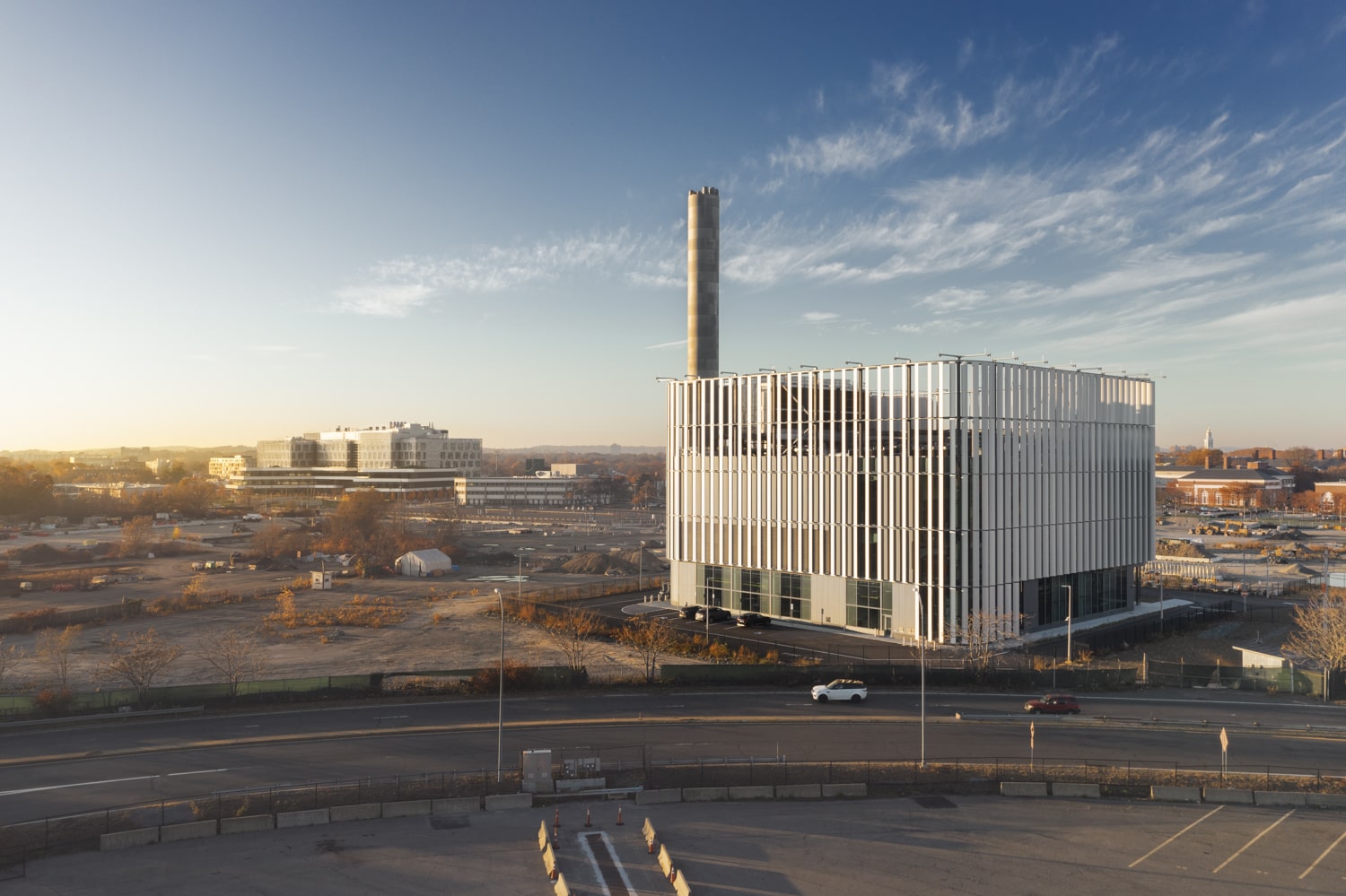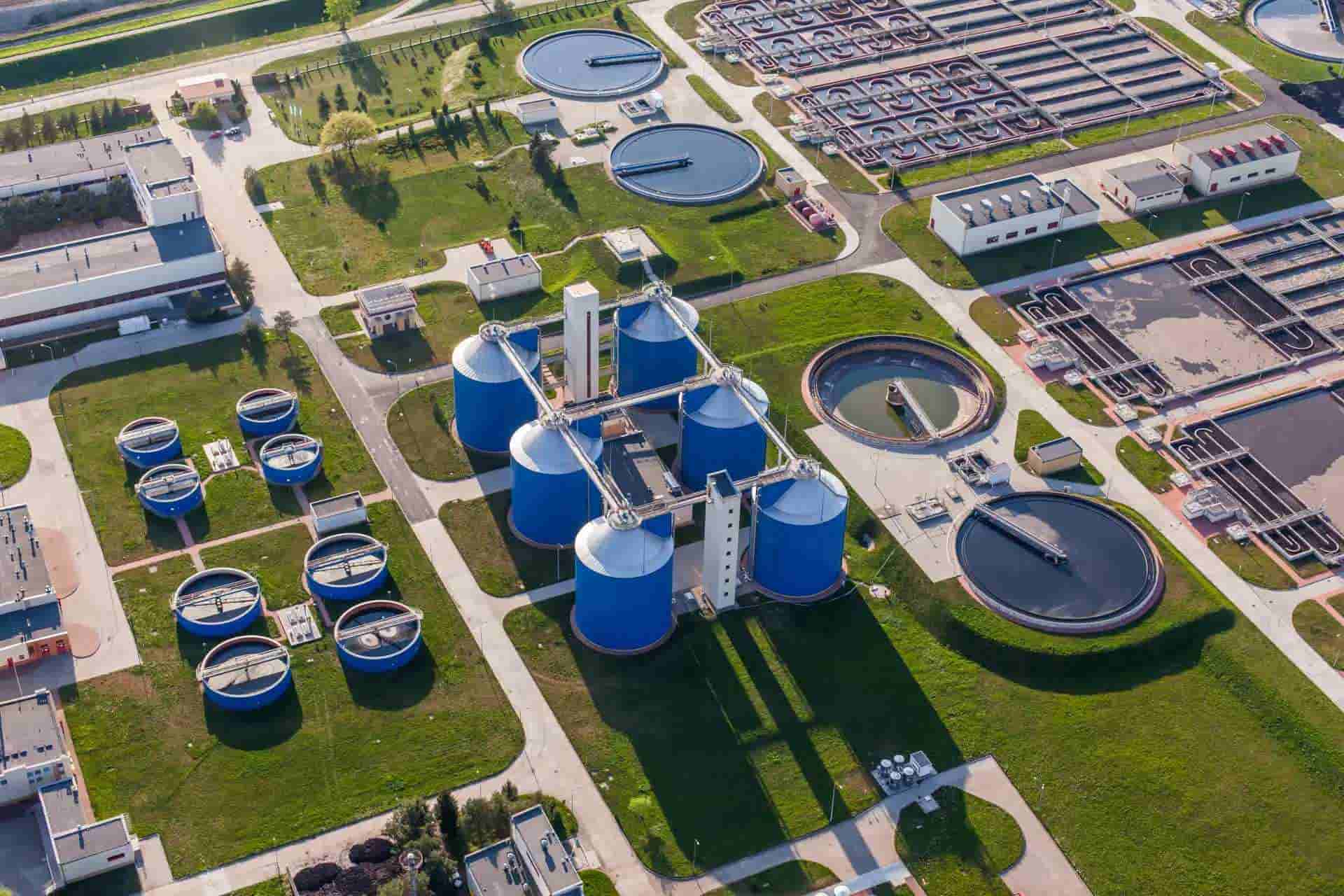Transforming farms into sustainable powerhouses
Agricultural biogas plants are the epitome of this innovation, utilizing a wide range of inputs to generate biogas, which can then be converted into renewable power. These facilities operate like powerhouses, continuously fed with energy crops or agricultural wastes, ensuring a steady supply of feedstock throughout the year.
An Abundance of Feedstock Options
Energy crops and organic waste products as renewable resources
The possibilities for energy crops suitable for biogas production are astounding. From the mighty maize to lush grass, from golden wheat to resilient rye, and even the exotic crassulacean acid metabolism (CAM) plants like pineapples—all of them can serve as viable feedstocks. Moreover, organic waste products such as vegetable scraps, glycerol from biodiesel manufacturing, and palm oil mill effluent prove to be effective resources for generating biogas.
Innovative Design for Maximum Efficiency
Creating tanks that optimize biogas production
Picture a symphony of tanks, designed to optimize efficiency and durability. These agricultural biogas plants feature multiple low digester tanks, constructed with robust materials like concrete or metal. Adorned with twin-skinned gas storage bags, these facilities boast a unique appearance. While the initial digestion tank takes center stage in biogas production, the secondary digestate storage tank contributes a secondary gas output.
Biogas Potential
Realizing the remarkable energy output from agricultural resources
To put things into perspective, let’s consider the incredible power of one acre of whole crop maize. This humble acre, equivalent to 0.405 hectares, can generate enough gas to produce a remarkable 1kW of electrical power. Now, imagine a colossal 500kWe digester combined with a gas engine system—such a venture requires a whopping 500 acres of whole crop maize silage to ensure an adequate feedstock supply.
Economic Viability and Revenue Streams
Sustainable financial foundations for agricultural biogas plants
Now, let’s delve into the economic aspect of these biogas plants. Revenue streams flow from various sources, creating a sustainable financial foundation. Gate fees charged for processing waste materials, income generated through the sale of electricity and heat (or even biomethane), and potential revenue streams from selling soil improvers derived from the digestate all contribute to the economic viability of agricultural biogas plants.
Critical Economic Considerations
Factors influencing cost sensitivity and financial viability
However, these plants face a unique challenge when it comes to costs. Absence of gate fee revenue and the cultivation expenses for feedstock cultivation create a greater sensitivity to expenditure. As a result, two crucial economic considerations come into play:
Efficiency of the Biogas Combined Heat And Power (CHP) Engine
This factor directly impacts the conversion efficiency to electricity and heat, ensuring optimal performance and maximum energy output.
Availability of the CHP Engine
The number of running hours per year determines the overall energy output and financial viability of the plant.
Paving the Way for a Greener Future
Integration of agriculture and biogas technologies for sustainability
By combining professional acumen with creative thinking, agricultural biogas production can unlock the full potential of sustainable energy generation from organic resources. This harmonious integration of agricultural practices with innovative biogas technologies paints a brighter, greener future. It not only drives economic growth but also minimizes environmental impact, proving that nature holds the key to a sustainable tomorrow.









